About
Biology is being revolutionized by new experimental techniques that have made it possible to quantitatively query the inner workings of molecules, cells and multicellular organisms in ways that were previously unimaginable. The objective of this course is to respond to this deluge of quantitative data through quantitative models and the use of biological numeracy. The course will explore the description of a broad array of topics from modern biology using the language of physics, mathematics and statistics. One style of thinking we will emphasize is to perform simple calculations that one can do with a stick in the sand.
We will draw examples from broad swaths of modern biology from our department and beyond, including cell biology (cell growth, signaling and regulation), physiology (metabolism), developmental biology (patterning of body plans, how size and number of organelles and tissues are controlled), neuroscience (action potentials and ion channel gating) and evolution (population genetics) in order to develop theoretical models that make precise predictions about biological phenomena. These predictions will be tested through the hands-on analysis of experimental data and by performing numerical simulations using Python. Quantitative and physical biology will be introduced as an exciting new tool to complement other approaches within biology such as genetics, genomics and structural biology. The course will introduce students to the enabling power of biological numeracy in scientific discovery and make it possible for them to use these tools in their own future research.
Logistics
- The Bootcamp will include first year students from MCB, Biophysics and Computational Biology, as well as a few outside visiting students. In total, we will have around 60 people! No previous math, physics or coding experience will be assumed. This means that we will go through everything carefully and hope that those that are experts at one or other topic will suspend disbelief, have fun, and help their neighbors and friends. Even for the experts, we guarantee that there will be plenty of new topics/ examples we’ll cover that you won’t be bored.
- From 8/17 to 8/19 the Bootcamp will run from 9am to 3:30pm, with orientation activities from your respective graduate programs starting at 3:30pm onwards. From 8/22 to 8/26 we will go until 4:30pm.
- All sessions will be in the first floor conference room of the IGI building. The building is locked to outsiders, but we’ll work on getting you card key access as soon as you get an ID card! If you need to get in and nobody is there you can message us on Slack or call/message us.
- We will code in Python using the web-based Google CoLab. This means that you don’t need fancy computers. In fact, you can use your iPad/ laptop. Just be mindful of coming with as much battery as possible, as there might not be enough ports for everybody to charge their devices at the same time.
- The first day we all meet, everybody will give a 90 second lightning talk. The idea is to use that time to tell us about who you are and what you’re interested in both inside and outside the lab. We include some of our favorite examples on Slack. Please, send a single slide in PDF format (no PowerPoint, Keynote, Google Slides or anything else) to Hernan (hggarcia@berkeley.edu) by 8pm on Tuesday 8/16. The slides will be combined in about one document on Hernan’s computer. We have a lot of people, so note that we will be ruthless about timing! ;)
- Every afternoon, there will be time for study hall. During this time the two of us and a few TAs will be available to help you with anything you want to go over again. In addition, this will be the time to work on your “estimate” in groups of three. The idea is to put a five minute presentation on some in-field or out-of-field estimate. For in-field, some examples from past students include estimating the speed of actin polymerization based on the movement of listeria inside cells, computing the energy budget of a cell as it goes through the cell cycle, etc. For out-of-field, some past favorites include MythBuster about Rapunzel’s story and whether you can really cry a river after a breakup, etc. The final talks will be on the last day, followed by a party!
People
Instructors:
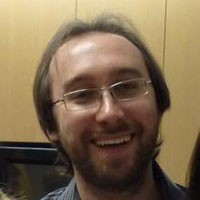
Hernan Garcia
(MCB/ Physics)
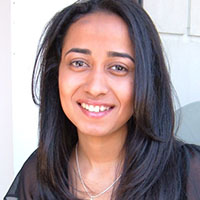
Priya Moorjani
(MCB/ Computational Biology)
Graduate Student Instructors:
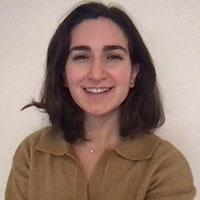
Andrea Herman
(Physics)
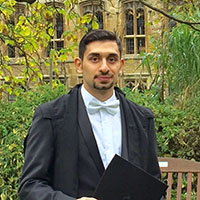
Arman Karshenas
(Biophysics)
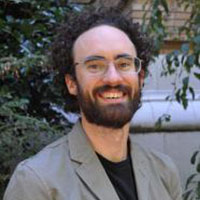
Brandon Schlomann
(MCB)
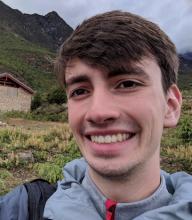
Nick Gravina
(Physics)
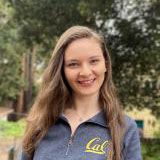
Yasemin Kiriscioglu
(Physics)
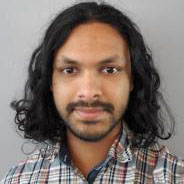
Dushyant (Yovan) Badal
(Physics)

Jesseon Chang
(MCB)
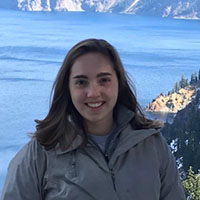
Sarah Johnson
(Computational Biology)
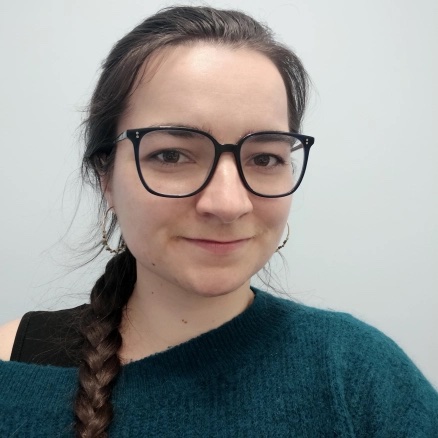
Elise Kerdoncuff
(Postdoc, PhD - Population Genetics)
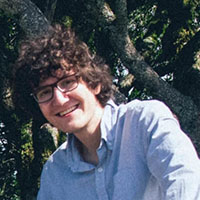
Nathan Cramer
(MCB)
Course Structure
Tentative plan for each day:
9.00-12.30 Hands-on lecture and discussion
12.30-14.00 Lunch talk: Topics on Quantitative Biology @Cal
14.00-15.30 Hands-on lecture and discussion
15.30-16.30 Study Hall
Syllabus
| Number | Date | Topics | Slides | Python Code | Suggested Readings | Notes and Videos |
|---|---|---|---|---|---|---|
| 1 | 8/17 | Order of Magnitude Biology
|
Bootcamp Introduction (slides) Biological Numeracy and Human Impacts Exams (slides)
|
|
Bootcamp Introduction:
Biological Numeracy Exam:
|
Biological Numeracy Exam:
Human Impacts Exam:
|
| 2 | 8/18 | Scales and Scaling in Biology: Physical Limits to Cell Growth
|
Physical Limits to Bacterial Growth (slides)
|
Bacteria Growth simulation (Colab notebook)
|
|
|
| 3 | 8/19 | Thinking Big About Data
|
Hypothesis Testing (slides) | Hypothesis Testing (Colab notebook) |
1. Antedisciplinary: Perspective by Sean Eddy 2. Efron1979: Introduction to Bootstrap resampling 3. Luria-Delbrück experiment: An example of using Bootstrap resampling to characterize uncertainty 4. John Snow and Cholera: John Snow's investigation in London. 5. Mendel and peas: Mendel's original paper published in 1865 6. Data 8 textbook: Introduction to Data Science at UC Berkeley. |
|
| 4 | 8/22 | Diffusion as Biology’s Null Model for Dynamics
|
Diffusion as Biology's Null Model for Dynamics (slides)
|
Diffusion by coin flips (Colab notebook) Diffusion by chemical master equations (Colab notebook) |
|
|
| 5 | 8/23 | Thinking About Big Data
|
Association (slides) | Disease association (Colab notebook) |
1. Gusella1983: Discovery of gene related huntington's disease 2. Hall1990: BRCA1 mapping 3. RischMerikangas1996: Considerations for Association vs. Linkage studies 4. Klein2005: Age-related Macular degeneration association study 5. Host COVID Initiative 2022: Genome-wide study for host genetic susceptibility analysis |
Multiple hypothesis testing (notes) |
| 6 | 8/24 | Life is Flux: The Equations of Biological Dynamics
|
Dynamics of the Constitutive Promoter (slides) |
Mean expression dynamics of the constitutive promoter (Colab notebook) Noise dynamics of the constitutive promoter (Colab notebook) |
|
|
| 7 | 8/25 | Finding patterns in Big Data
|
Dimensionality Reduction (slides) |
Dimensionality Reduction (Colab notebook) |
1. Novembre 2008: Genes mirror geography 2. Tabula-Muris2021: Gene expression clusters by tissues 3. 1000 Genomes Project: Support for Out of Africa migration |
Principal Component Analysis (notes) |
| 8 | 8/26 |
Dynamical Systems and Genetic Switches |
Dynamical systems and Genetic Switches (slides) Course-wrap (slides) |
The mutual repression genetic switch (Colab notebook) |
|
The genetic switch (notes)
|